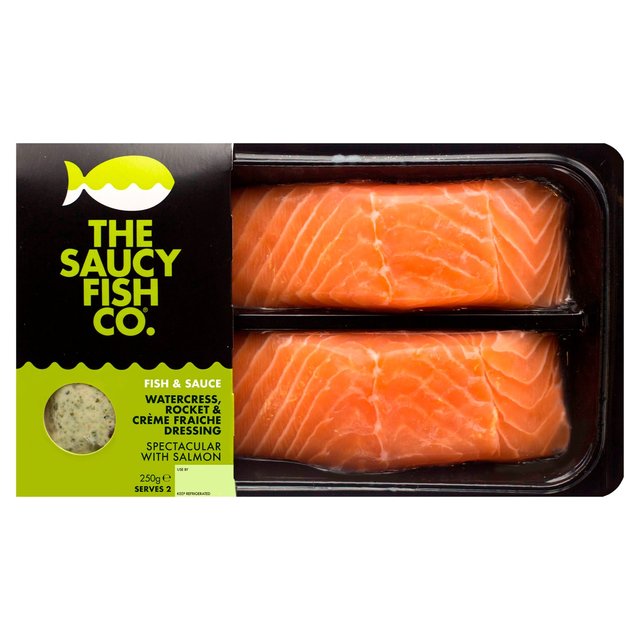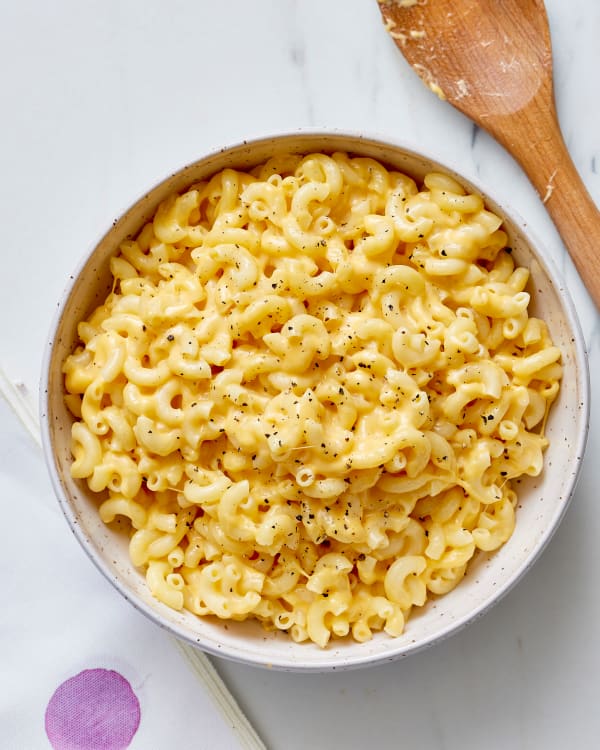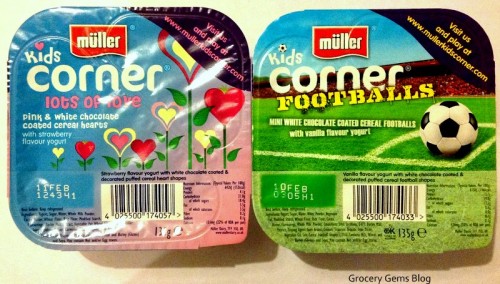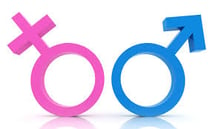https://www.washingtonpost.com/lifestyle/wellness/is-meat-manly-how-society-pressures-us-to-make-gendered-food-choices/2017/01/24/84669506-dce1-11e6-918c-99ede3c8cafa_story.html?noredirect=on&utm_term=.979132105bb2
In every country on the planet,
men don’t live as long as women do. We’ve all come to accept this as a fact. After all, as my dad used to say, “It isn’t manly to go to the doctor.” This and many other gendered beliefs affect men and women’s health habits, including the types of foods they choose to eat.
For example, we’re constantly bombarded with advertising and social messaging telling us that eating like a bird and dining on salad is feminine, while eating large portions and plenty of red meat is manly. These oversimplified representations of female and male eating habits may seem outdated, but research shows they persist for many of us.
These socially influenced eating patterns could in part help explain why men are at a higher risk of heart disease and some cancers. Are our ideas about masculinity and femininity negatively affecting our health?
Manly meals and feminine foods
This may not come as a surprise, but overall, women have healthier eating habits than men. Research suggests this is mostly a learned response.
Luke Zhu, assistant professor at the University of Manitoba, researches societal aspects that affect food decisions.
Based on the research of his group and others, Zhu says in an email, “Unhealthy eating habits and foods (e.g. fries, nachos) are psychologically associated with masculinity while ‘healthy’ eating habits and foods (e.g. salad, organic food) are psychologically associated with femininity.”
oop de Boer is a retired social psychologist and guest researcher at VU University in Amsterdam. “Energy-dense, spicy and strongly flavored foods are perceived as masculine foods,” de Boer says, “while soft and sweet foods are perceived as feminine foods.”
Traditional gender beliefs could negatively affect your health
Do you like to have wine or beer with dinner? Do you have fruit or french fries with your lunch? Chances are, your answers could reveal your gender identity.
According to de Boer, markers of masculinity include eating a burger with fries for lunch, or having pizza and beer for dinner. Markers of femininity include eating pasta salad and fruit for lunch, or rice and vegetables with wine for dinner.
The health implications of these choices are obvious: Overall, women are choosing foods with more fiber and antioxidants, while men tend to overdo it on saturated fat and empty calories. This may be because women are more likely to seek out health information and, as de Boer says, buy in to information on the health aspects of specific foods — for instance, “super foods.”
De Boer suggests that men and women who see masculinity and femininity as less separate and strictly defined aren’t as different in their meat preferences, while those with more traditional gender beliefs are more likely to eat more meat if they’re men or to choose more sugar-laden desserts if they’re women.
“Our work shows that traditional framings of masculinity, emphasizing that ‘real men’ eat meat, are associated with the men’s preferences for large meat portions and almost no willingness to reduce,” de Boer says. For these men, “eating large meat portions is a marker of masculinity, which reflects traditional, patriarchal notions of power and performance.”
Zhu’s research has found that regardless of gender, people make different food choices when the concept of masculinity or femininity is brought up. “When we made the idea of masculinity salient, people preferred less-healthy food. When we did so with femininity, people chose healthier food.” As a result, women tend to be more comfortable making the healthier choice.
Culture also affects gender roles and therefore food choices. In recent research published in Appetite, de Boer and colleagues
examined beliefs about meat among young adults in the Netherlands who were either second-generation Dutch, Chinese or Turkish. The second-generation Turkish adults expressed a stronger association between meat and masculinity, while the second-generation Dutch group held the weakest link between ideas of meat as masculine.
De Boer notes that people may try to manage their gender identity via food choices that could be positive or negative. For example, an individual might make unhealthy eating choices in an attempt to be more masculine — a change in behavior that could have serious health implications.
Overcoming gendered food stereotypes for better health
The goal of learning about the affect of gender on eating habits and health is to make it easier to make healthy food choices. Gender can be a strategic factor for both sexes.
Zhu and de Boer agree that increasing our awareness of gender-framed foods and eating behaviors gives us the power to change them.
hu also suggests that being more mindful when making food choices can help you focus on the food rather than on external factors. Ask yourself why you’re choosing a certain food. Is it peer pressure? Is it because it was advertised as a more masculine or feminine food? This awareness can help you make healthier food choices.
Individuals can reframe their behavior to change any gendered preconceptions , says de Boer. For example, cooking at home isn’t masculine or feminine — it’s an essential skill for eating well and taking care of yourself. De Boer says, “Men who cook and see this as a more feminine behavior can give it a ‘masculine makeover’ by portraying themselves as gourmands who cook and clean and are efficient and urbane.”
For the food and nutrition writers, advertisers and marketers out there, your messaging affects more than purchasing behavior: It affects health.
"We’ve found that people are more likely to choose unhealthy food if it’s packaged in masculine packaging,” Zhu says. “People have better evaluations and higher purchasing intentions for food that is unhealthy and packaged in masculine packaging.” The opposite was also true, suggesting that healthier food choices can be achieved by
selling healthy food in more feminine packaging. It’s this type of purchasing psychology that could positively affect your health habits.
De Boer points out that popular men’s magazines can make vegetables and plant-based proteins appeal to readers by linking these foods to autonomy, performance and appearance-based goals. A man who believes in more-traditional gender roles may not eat more broccoli because of its cancer-fighting potential but because its nutrients could help support muscle growth. The same magazine also could have oversize steaks and racks of ribs in the same article. Whether you choose to buy that magazine or follow its advice is up to you.


















